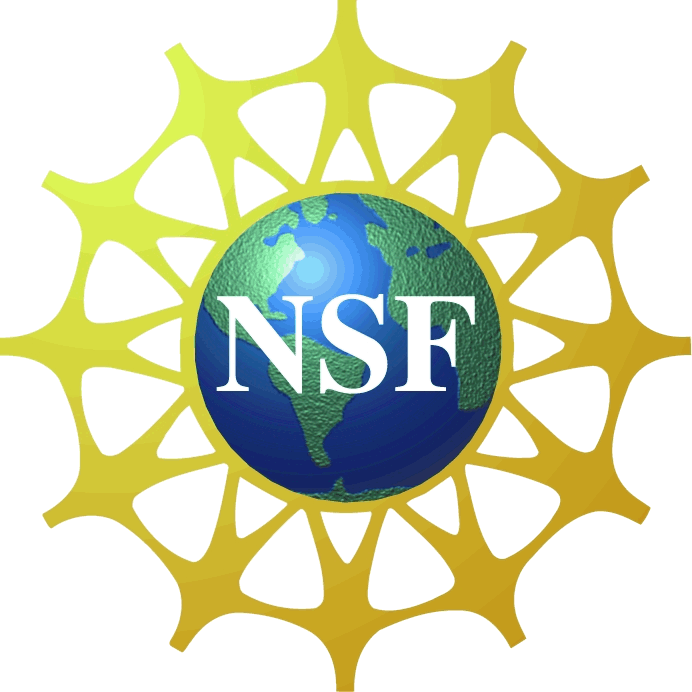Important Update: We’re proud to announce that we’ve successfully published the
First Edition of Video Bioinformatics: From Live Imaging to Knowledge (Link), the first
book to review the emerging interdisciplinary field of Video Bioinformatics.
The Vision of the Video Bioinformatics IGERT is to integrate expertise from the life sciences,
computer science,
electrical engineering, and bioengineering to enable breakthrough capabilities in understanding biological
processes that are by nature continuous and dynamic. Dr. Bhanu defines Video Bioinformatics as The automated processing, analysis, understanding,
data mining, visualization, query-based retrieval/storage of biological spatiotemporal events/data and knowledge extracted from videos obtained
with spatial resolution varying from nanometer to meter of scale and temporal resolution varying from seconds to days and months.
Life sciences students will gain an understanding of the
engineering principles involved in imaging, video processing, analysis, data mining, and databases. Engineering
students will learn biological imaging techniques, design of experiments and modeling of phenomena, and they will
gain a finer appreciation for the biological community's needs. These Ph.D. students will be pioneers with
cross-disciplinary capability needed to solve societal problems in the 21st century.
Recent advances of live cell video imaging and high-throughput technologies allow researchers to quickly conduct
millions of biochemical, genetic, or pharmacological tests for drug design and for understanding the interaction
or role of a particular biochemical process in biology. But traditional curriculum doesn't include video computing
techniques for biological scientists, or give engineering researchers an understanding of critical biological issues
that 5-D (3-D space, time and wavelength) analysis can help illuminate. Therefore, a new interdisciplinary curriculum is being developed to train the
next generation of engineers and scientists to solve old and new biological and computational problems.
In the past, living systems have been studied as static images; scientists must infer the processes that produce growth,
disease, healing and death since there is not a systematic way of examining moving biological images and understanding
their dynamics. This IGERT grant addresses the need by bringing together experts from widely divergent backgrounds and by
integrating multiple imaging modalities (from nanometer to millimeter scale of spatial resolution and milliseconds to days and months of temporal resolution) with computational
techniques for video data mining, knowledge discovery, and visualization.
Information technology students will learn about the unique needs of studying living systems, and develop methods to
enhance the study of these systems. Students in the life sciences will learn how to develop and apply effective computing
techniques to dynamic biological problems.
Students will participate in interdisciplinary project-oriented team-taught courses and group projects and carry out Ph.D. dissertation in video bioinformatics. Each student will
participate in an intensive summer workshop before the first year of graduate study. The program will provide continuous
mentoring, teaching and leadership opportunities, internship in industry or government, weekly seminars,
yearly retreats, and workshops on ethics and communication skills.
Program is currently accepting applications. Fellowships will be awarded each year beginning in the winter quarter
(January 2010) and then fall of each year beginning 2010.
NSF IGERT: Video Bioinformatics Grant DGE 0903667.
|

 The UC Riverside NSF Integrated Graduate Education Research and Training (IGERT)
Program on
The UC Riverside NSF Integrated Graduate Education Research and Training (IGERT)
Program on